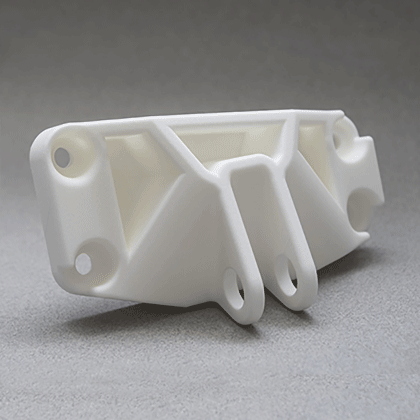In recent years, SLS printing services (Selective Laser Sintering) have emerged as a game-changer in the manufacturing sector. This innovative technology utilizes a laser to fuse powdered materials, creating intricate and durable parts. As industries continue to evolve, understanding the implications of SLS printing is crucial for businesses looking to stay competitive.

What is SLS Printing?
SLS printing service involves the layer-by-layer construction of objects using powdered materials, typically plastics or metals. The process begins with a thin layer of powder being spread across a build platform. A high-powered laser then selectively fuses the powder particles together, forming a solid structure. This method allows for the creation of complex geometries that are often impossible to achieve with traditional manufacturing techniques.
Advantages of SLS Printing Services
- Design Freedom: SLS technology enables the production of intricate designs without the need for support structures.
- Material Versatility: A wide range of materials can be used, including nylon, polystyrene, and even metals.
- Durability: Parts produced through SLS are known for their strength and durability, making them suitable for functional applications.
- Rapid Prototyping: SLS printing allows for quick iterations, significantly reducing the time from concept to production.
Applications of SLS Printing Services
The versatility of SLS printing services has led to its adoption across various industries. Some notable applications include:
- Aerospace: Lightweight components that meet stringent safety standards.
- Automotive: Custom parts and prototypes for testing and validation.
- Healthcare: Tailored medical devices and prosthetics that enhance patient care.
- Consumer Products: Unique designs that cater to niche markets.
Challenges and Considerations
While SLS printing offers numerous benefits, it is not without challenges. The initial investment in SLS technology can be significant, and the operational costs must be carefully managed. Additionally, achieving the desired finish and tolerances may require post-processing steps. However, the long-term advantages often outweigh these challenges, especially for businesses focused on innovation.
Conclusion: Embracing the Future with SLS Printing Services
As we look to the future, it is clear that SLS printing services will play a pivotal role in the evolution of manufacturing. Companies that embrace this technology can expect to enhance their production capabilities, reduce lead times, and create products that meet the demands of modern consumers. For those interested in exploring SLS printing further, consider visiting for more information on advanced 3D printing solutions.







